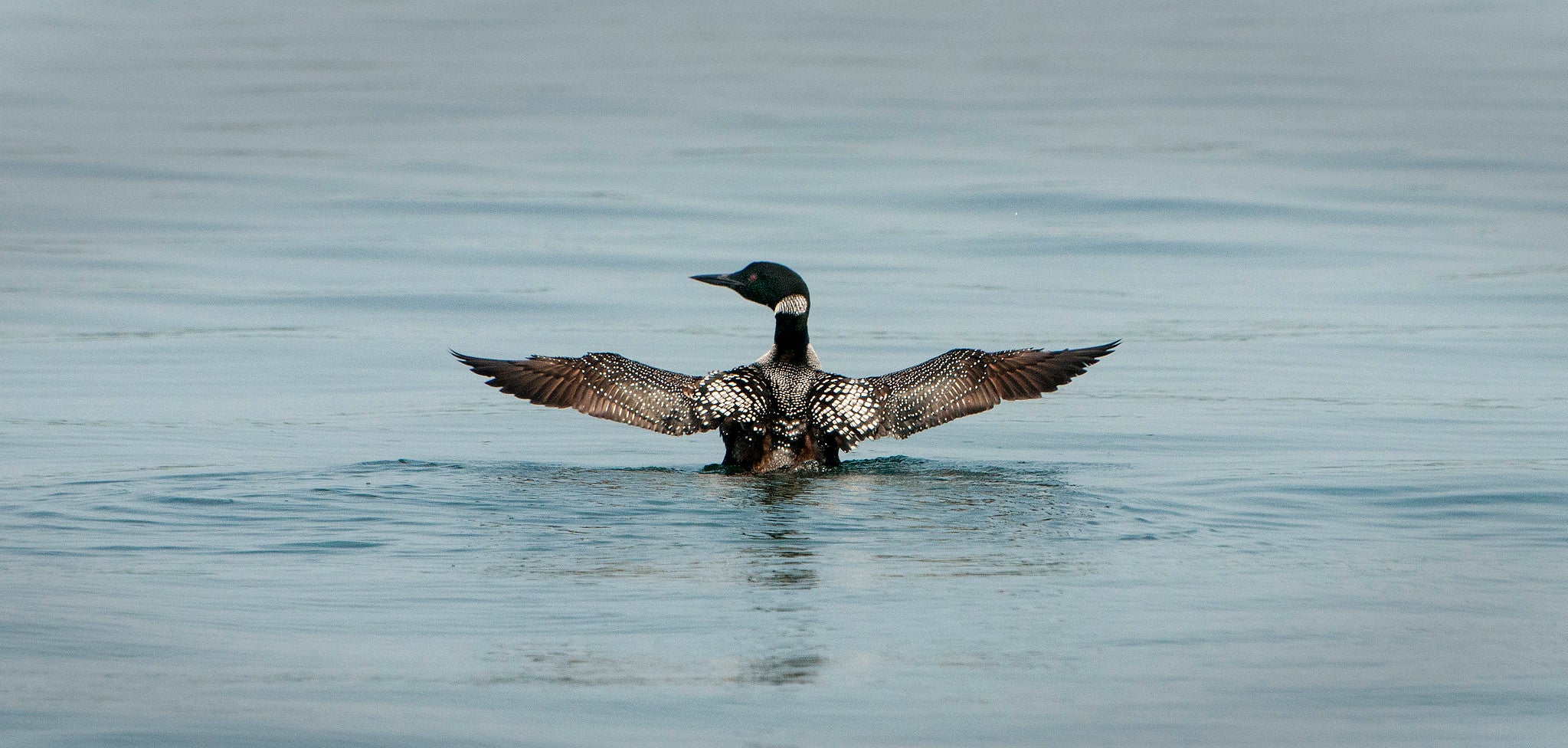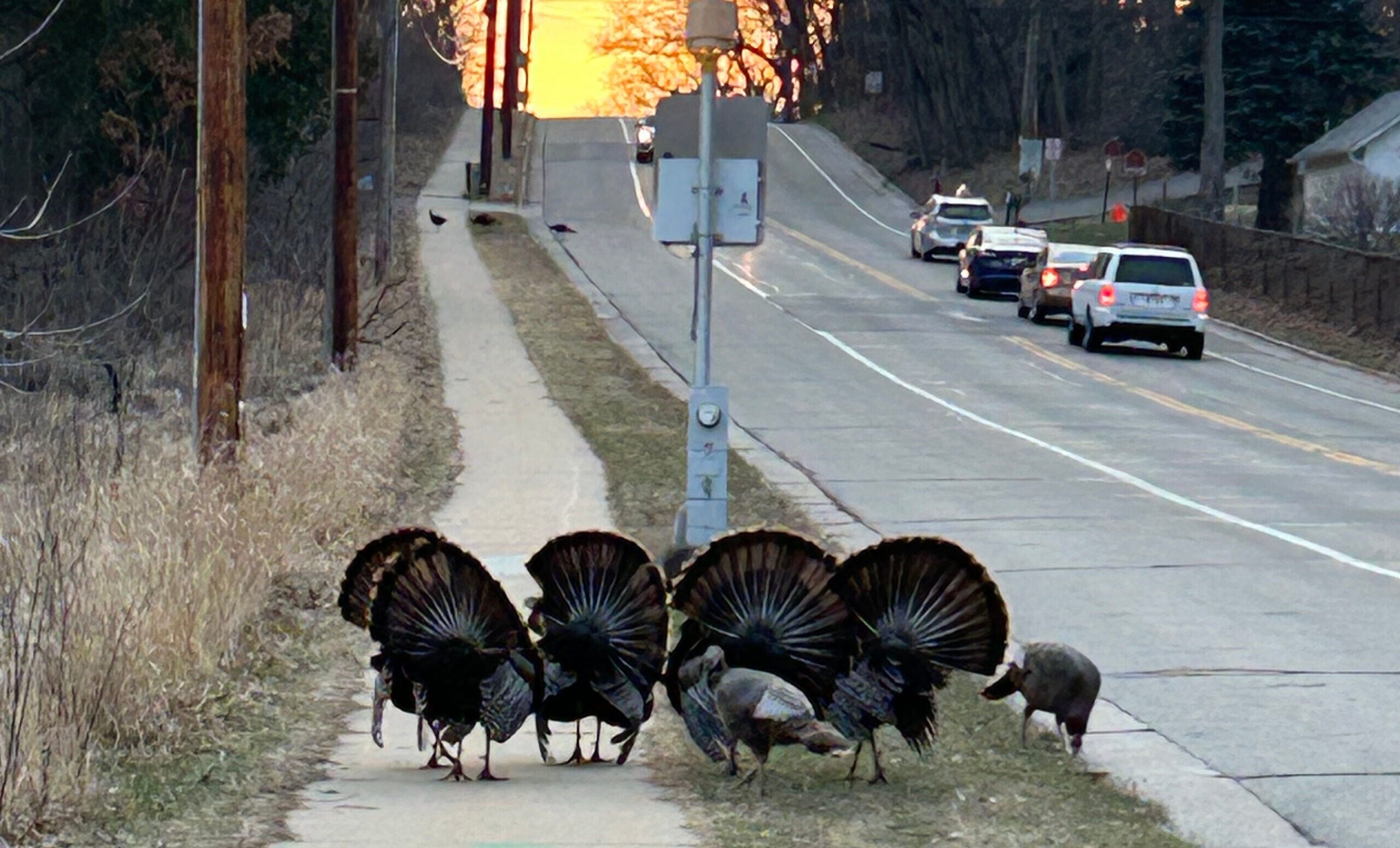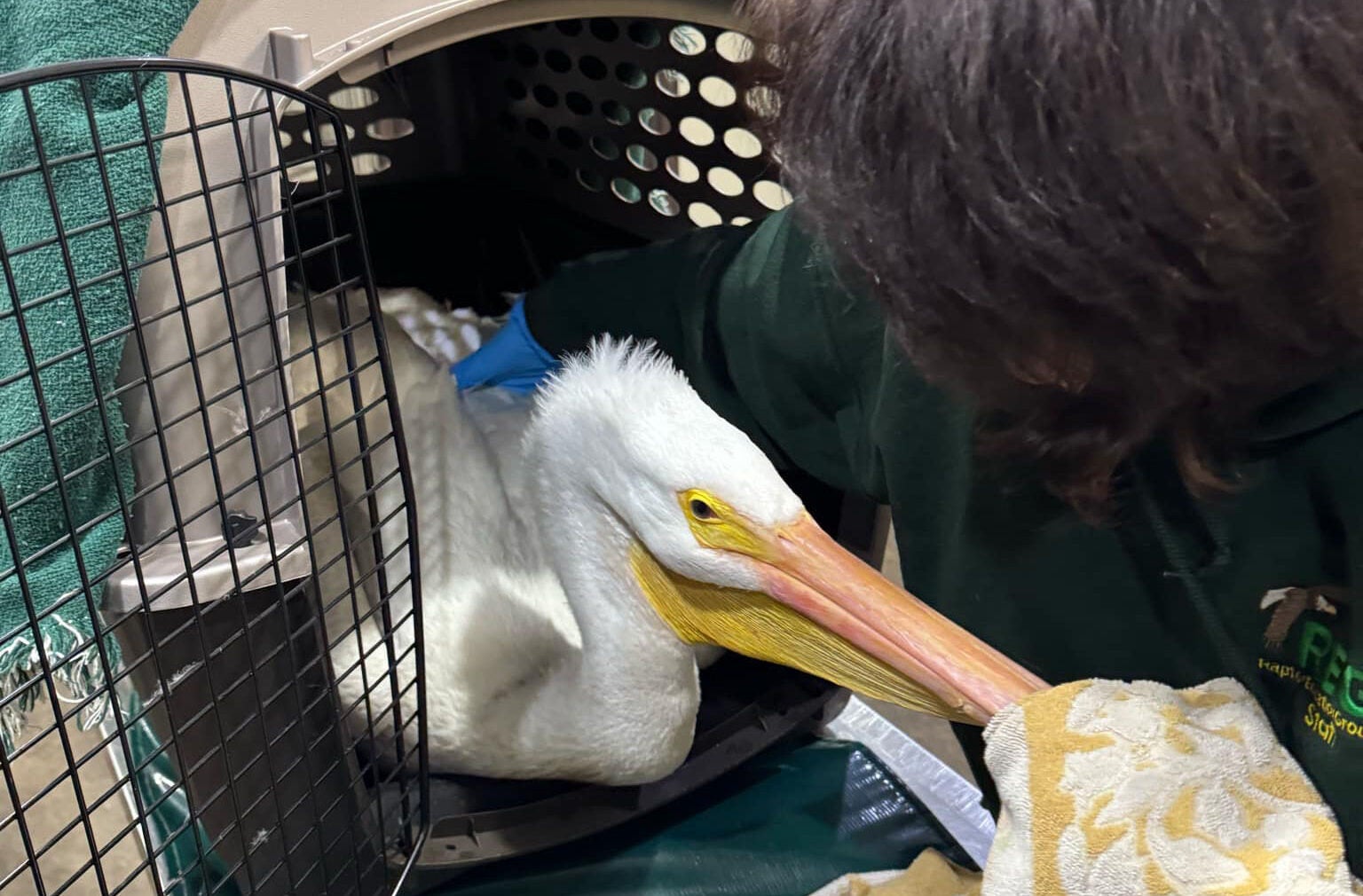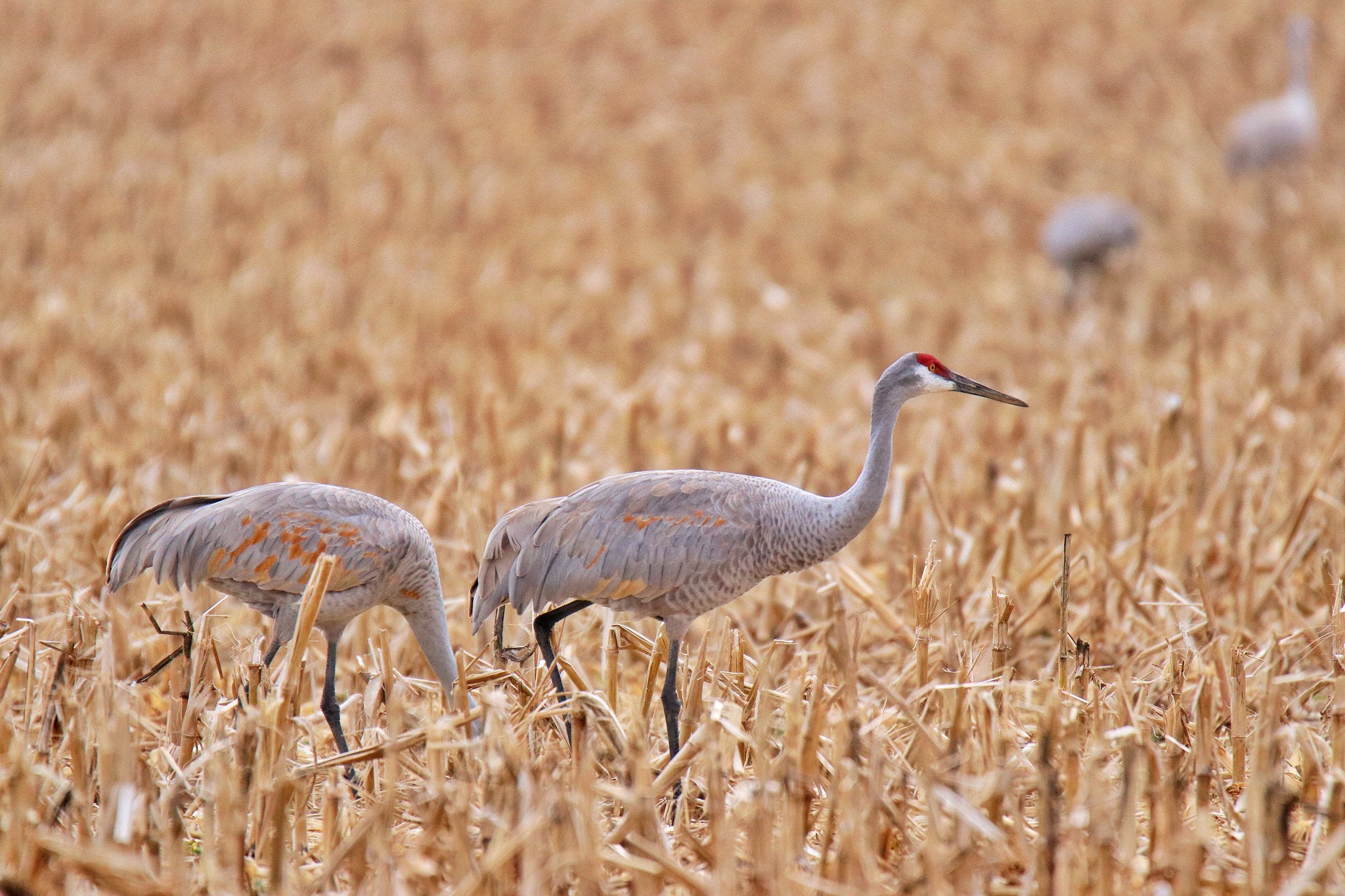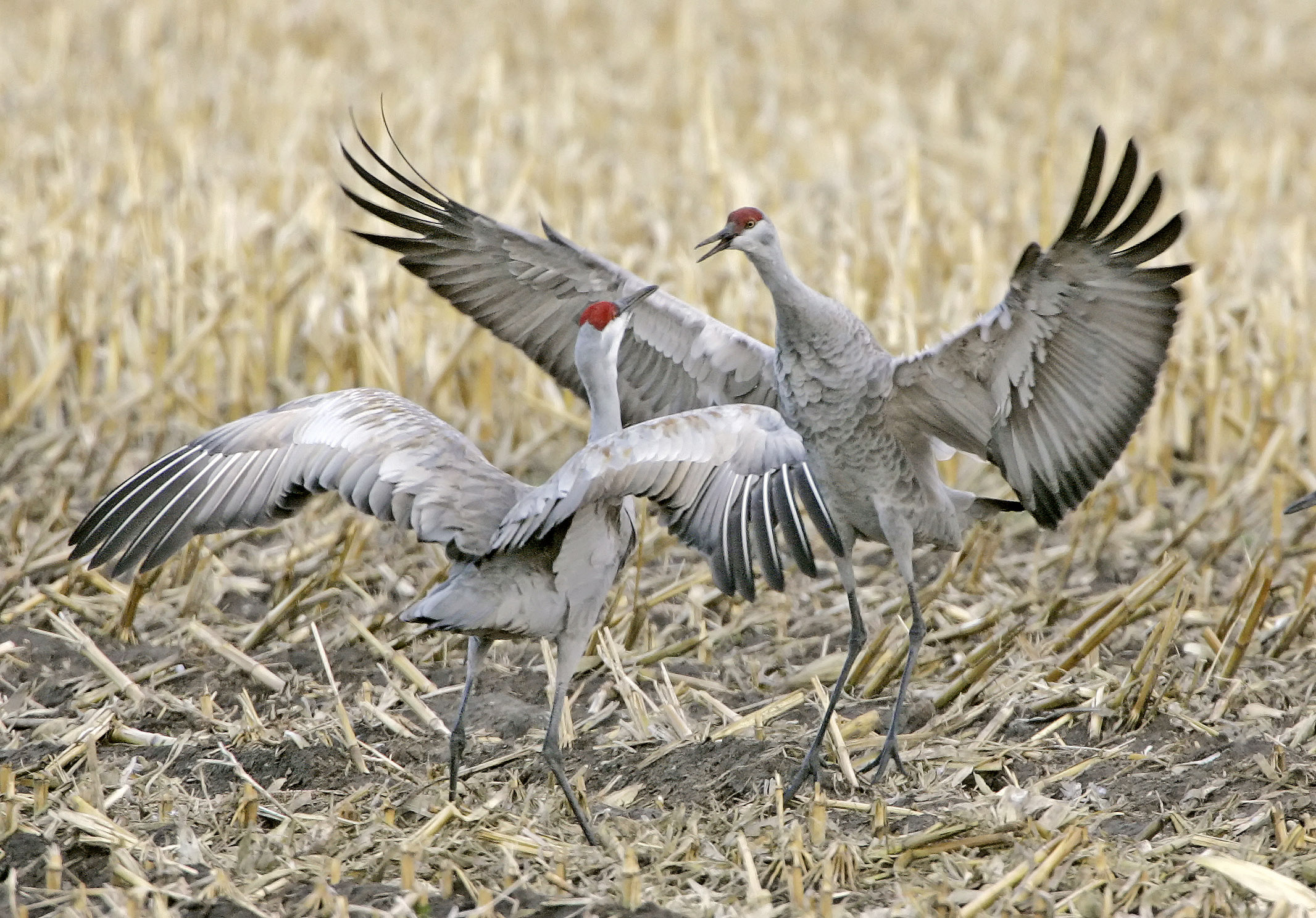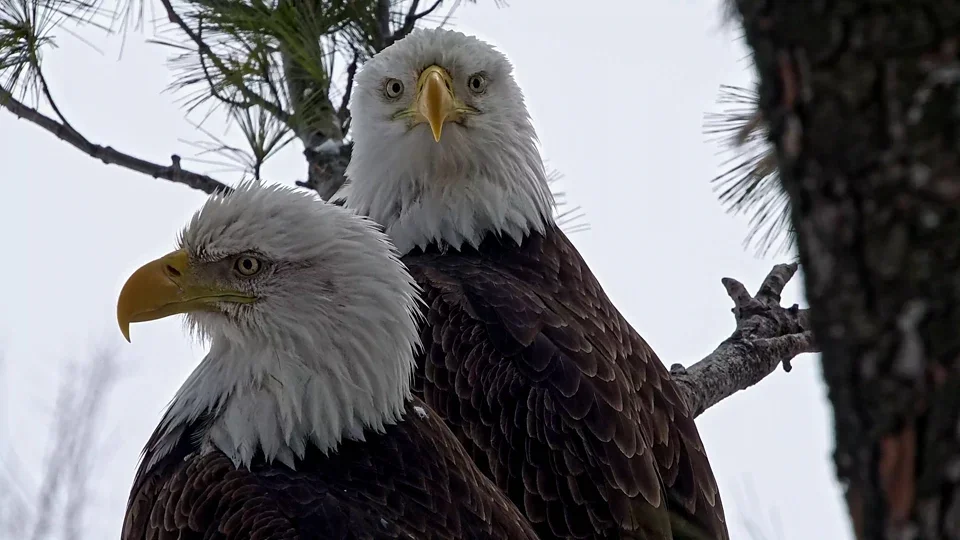Over the past few years, wildlife rehabilitators in Wisconsin who care for injured birds before releasing them back into the wild started to notice a trend: More and more non-hunted birds were dying.
Raptors such as turkey vultures, bald eagles, hawks and owls, and water birds like loons, swans and cranes were showing up to rehabilitation centers with injuries from being shot or otherwise harassed.
Concerned about the observed uptick, rehabilitators connected with conservation organization Wisconsin’s Green Fire, or WGF, for help.
News with a little more humanity
WPR’s “Wisconsin Today” newsletter keeps you connected to the state you love without feeling overwhelmed. No paywall. No agenda. No corporate filter.
“Being kind of the data nerds that we are, we said, ‘Well, let’s see if we can document a trend. Because if we’re going to go out and speak about it, it’d be helpful to have the baseline data if we inform decision-makers or other folks that we need to take action on these problems,’” said Tom Hauge, who co-chairs WGF’s wildlife workgroup and is retired from the DNR Wildlife Management Program.
WGF began in 2017 as an organization focused on promoting science-based management of natural resources, covering disciplines including PFAS, timberwolves, energy policy and air quality, among others. Named for a passage in Aldo Leopold’s “Sand County Almanac,” Wisconsin’s Green Fire and has more than 800 members, and many have backgrounds in natural resources management.
Kerry Beheler is one of them. She took lead on a report published in February that shows 70 birds had been illegally shot between 2017 and 2021. Beheler has a background in wildlife health with the state Department of Natural Resources.
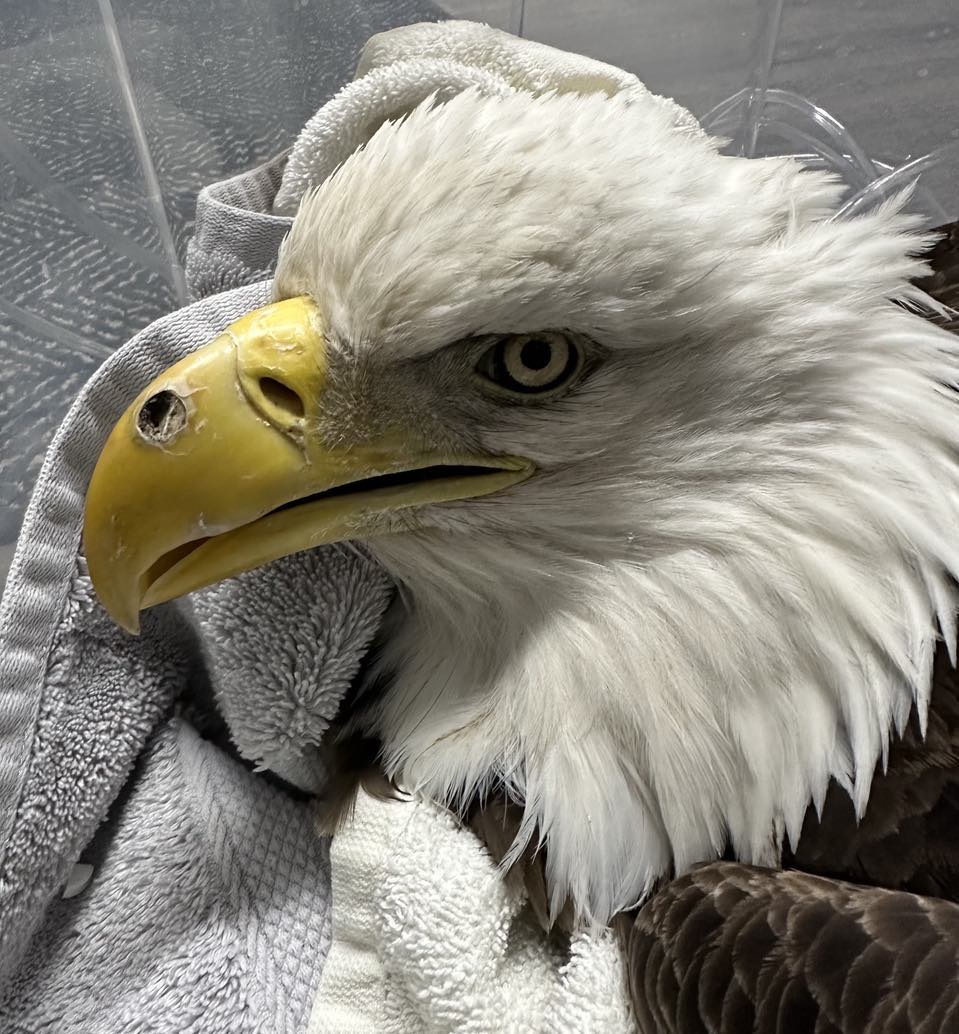
Wildlife rehabilitation is a licensed activity by the DNR, and although the department collects data from rehabilitators on their intakes, they all have their own individual systems for tracking that.
“We have no consistency in the database,” Beheler said. “So to go through that data and find out how many loons were shot, how many pelicans had lead poisoning, for example, is a very tedious effort at this point.”
In working with wildlife rehabilitators, Green Fire staff scoured 27,000 individual records offered up by rehabilitators — eventually paring it down to 2,298 records covering 34 species — to identify where the incidents are occurring and potentially help the DNR to prosecute illegal activity.
“We and the wildlife rehabilitator are not getting every animal or every bird that’s illegally shot,” Beheler said. “These are the birds that were brought in injured to the wildlife rehabilitator. So there may be many more than that.”
Records came from the Raptor Education Group, Inc., Wild Instincts, The Raptor Center and the Dane County Humane Society.
Most of the birds that were rescued after being shot during this five-year period were red-tailed hawks and bald eagles. Trumpeter swans and turkey vultures were among the next most-shot birds, according to the data.
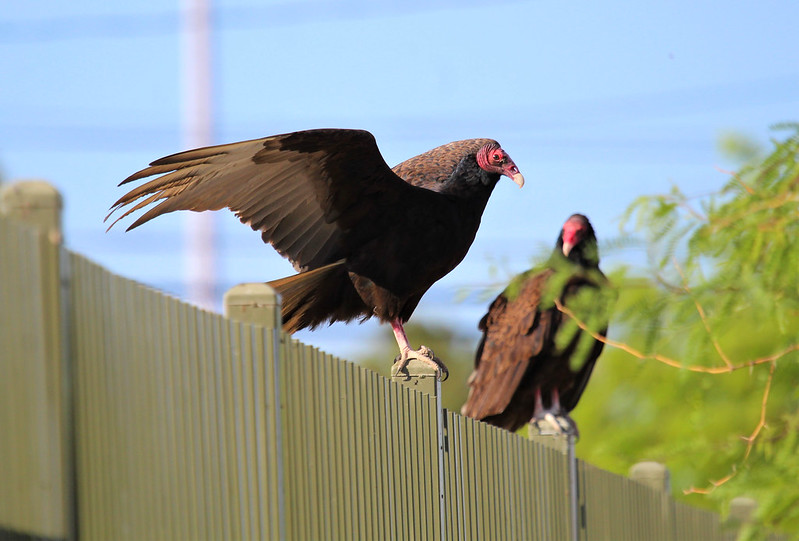
Turkey vultures are well-known scavengers that “clean up” the ecosystem, Beheler said. Red heads indicate adults. Young vultures have black heads. In the five years of data available, seven turkey vultures were shot out 51 that were brought into a rehabilitation site.
“Turkey vultures, unfortunately, seem to be a species that people see flying and they just decide that they’re going to shoot them,” Beheler said. “They’re wonderful, wonderful birds.”
Although shooting injuries were initially what drove rehabilitators to reach out to WGF, most causes of bird deaths were by trauma from collisions with stationary or moving objects, poor nutrition, lead poisoning, West Nile Virus infection and getting tangled up in objects like fences or glue traps.
That data was not delineated in the first phase of the project. Hauge and Beleher said in future iterations, they hope to expand the scope to include more rehabilitators’ data to drill down further into what’s causing the injuries, and collaborate with other organizations to increase public education.
“One of the things that I think we hope comes out of this is just the education process … No. 1: It is not OK to shoot these species. And No. 2: If you see something, say something,” Hauge said.
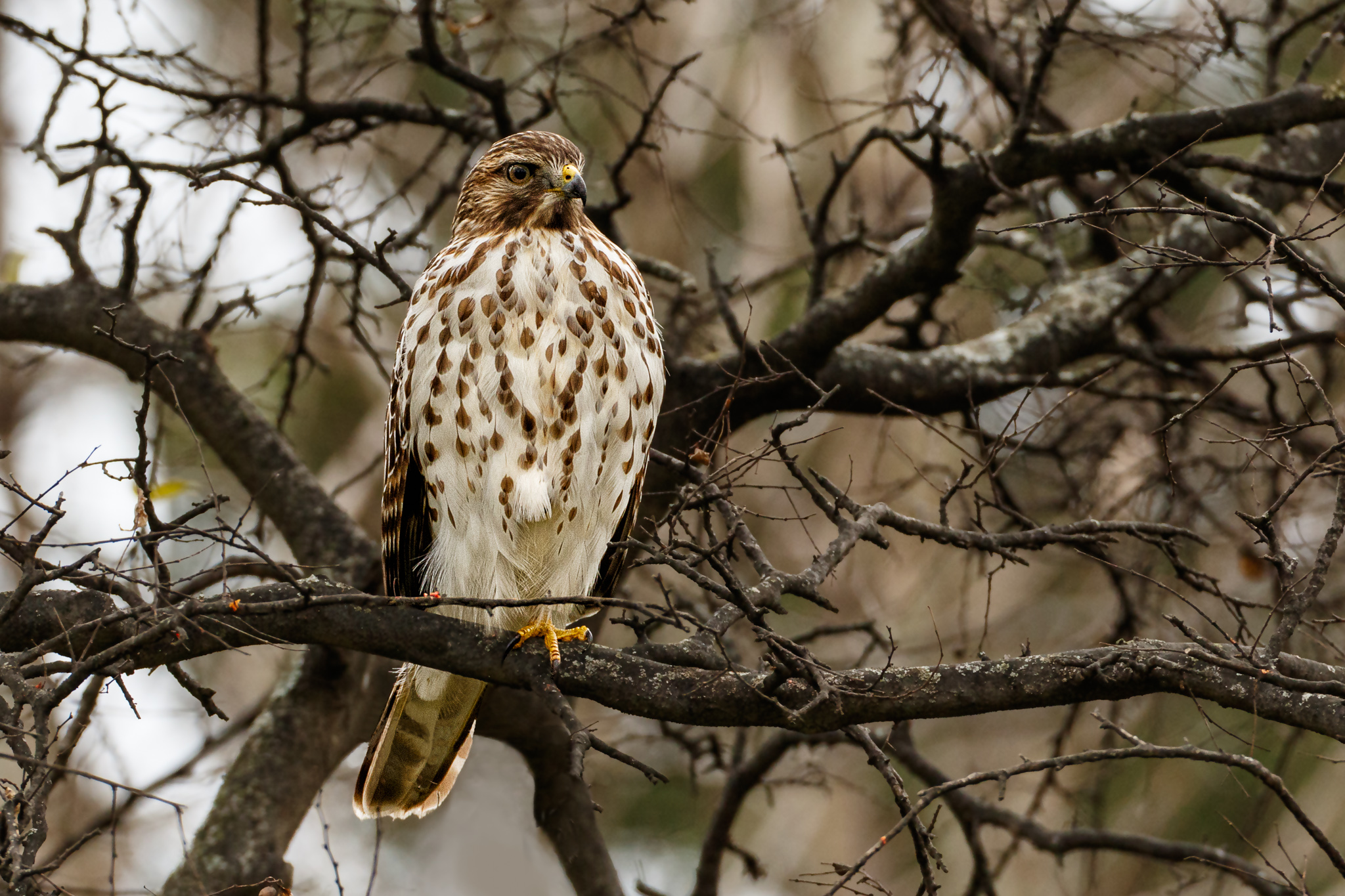
What to do if you see an injured bird or accidentally injure one
If you’re a hunter and you accidentally shoot a non-hunted bird, call the local warden and let them know what occurred. Expect that they may meet you on scene.
“My experience is that — for true accidents that happen — the legal system has shown quite a bit of leniency in terms of addressing those,” Hauge said.
To report illegal activity you witness, call the DNR tip line at 1-800-847-9367. You can remain anonymous.
If you happen across an injured bird, contact the wildlife rehabilitator that’s closest to you or contact the state DNR.
Wisconsin Public Radio, © Copyright 2025, Board of Regents of the University of Wisconsin System and Wisconsin Educational Communications Board.

